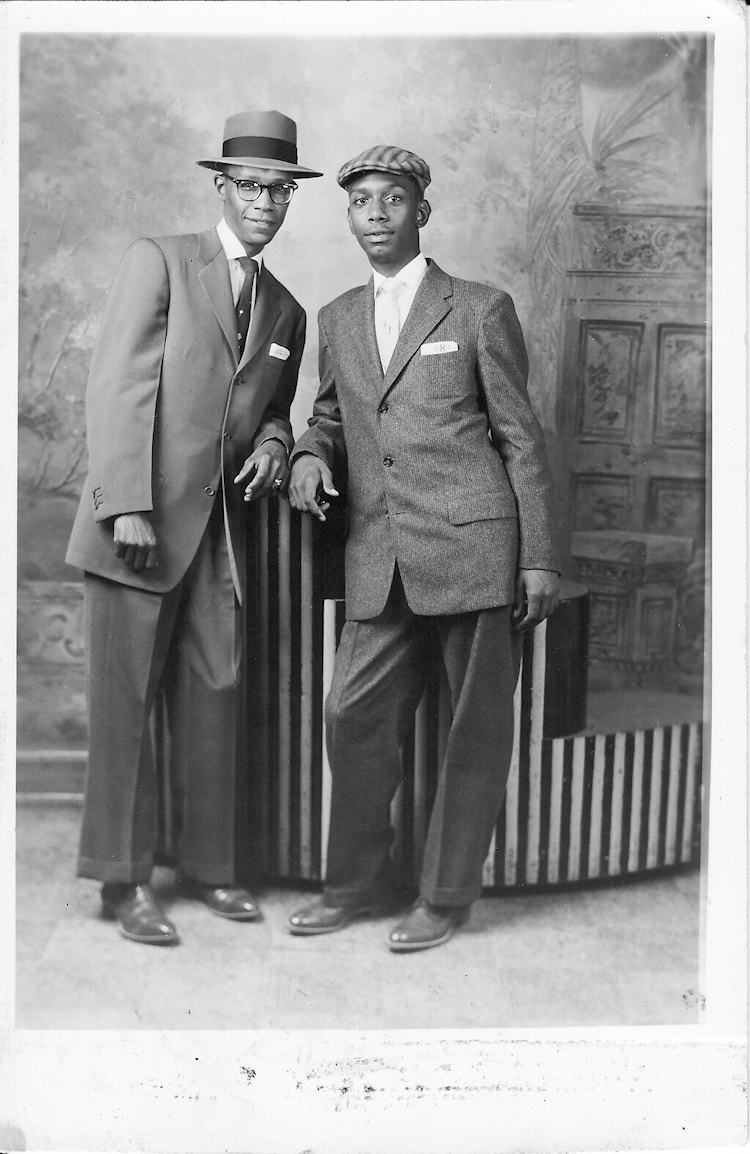 |
| Dame in blauem Kleid, 1839. |
%20(1845).png) |
| Johann Josef Rudolf von Arthaber, the elder son of Rudolf von Arthaber, 1845. ** |
 |
| Porträt einer älteren Dame mit Spitzenhaube und rosa Bändern, 1849. |
 |
| Bildnis eines Knaben, 1845. |
.png) |
| Anna Mannsfeld, née Mayer, 1837. |
 |
| Der Maler Franz Wipplinger, das Miniaturporträt seiner verstorbenen Schwester betrachtend, 1833. |
 |
| This painting within a painting is, as the title states, a portrait of Wipplinger's late sister. |
.png) |
| Damenbildnis, circa 1830-1840. |
 |
| Sitzender Armenier, 1831. |
*
Franz Eybl (1 April 1806, Vienna - 29 April 1880, Vienna), Austrian painter. Born in the Viennese suburb of Gumpendorf, by 1816, at the age of ten, he had already entered the Academy of Fine Arts in Vienna, studying under Josef Klieber and Josef Mössmer. Between 1820 and 1823 he studied under Johann Baptist von Lampi and Franz Caucig, reproducing antique statues and casts. Until 1828 he studied history painting under Johann Peter Krafft, and in 1825 he won the Academy's Gundel-Prize, followed in 1828 by the Lampi Prize. He married in 1830 and, thirteen years later, became a member of the Academy. After 1840 his work was much influenced by that of Ferdinand Georg Waldmüller. He devoted himself to landscape painting, genre works, and history painting, also producing more than four hundred lithographic portraits. But he is now best remembered as one of the most important portrait painters of nineteenth century Austria, alongside Friedrich von Amerling and Waldmüller. He died at the age of seventy-four and was buried at Vienna's famous
Zentralfriedhof among the graves of such notable figure as Beethoven, Brahms, and Schubert.
 |
| Self-portrait, 1840. |
*
** Eight years earlier,
Johann Josef Rudolf von Arthaber featured in Amerling's celebrated portrait of merchant and art collector Rudolf von Arthaber and his three children, the family posed with a portrait of Arthaber's deceased wife, the children's mother. Young Rudolf is shown seated in the foreground at his father's feet; his two younger siblings were Emilie and Gustav. |
| Rudolf von Arthaber und seine Kinder Rudolf, Emilie und Gustav betrachten das Porträt ihrer toten Mutter, 1837. |

%20(1845).png)


.png)


.png)
















































.png)




















